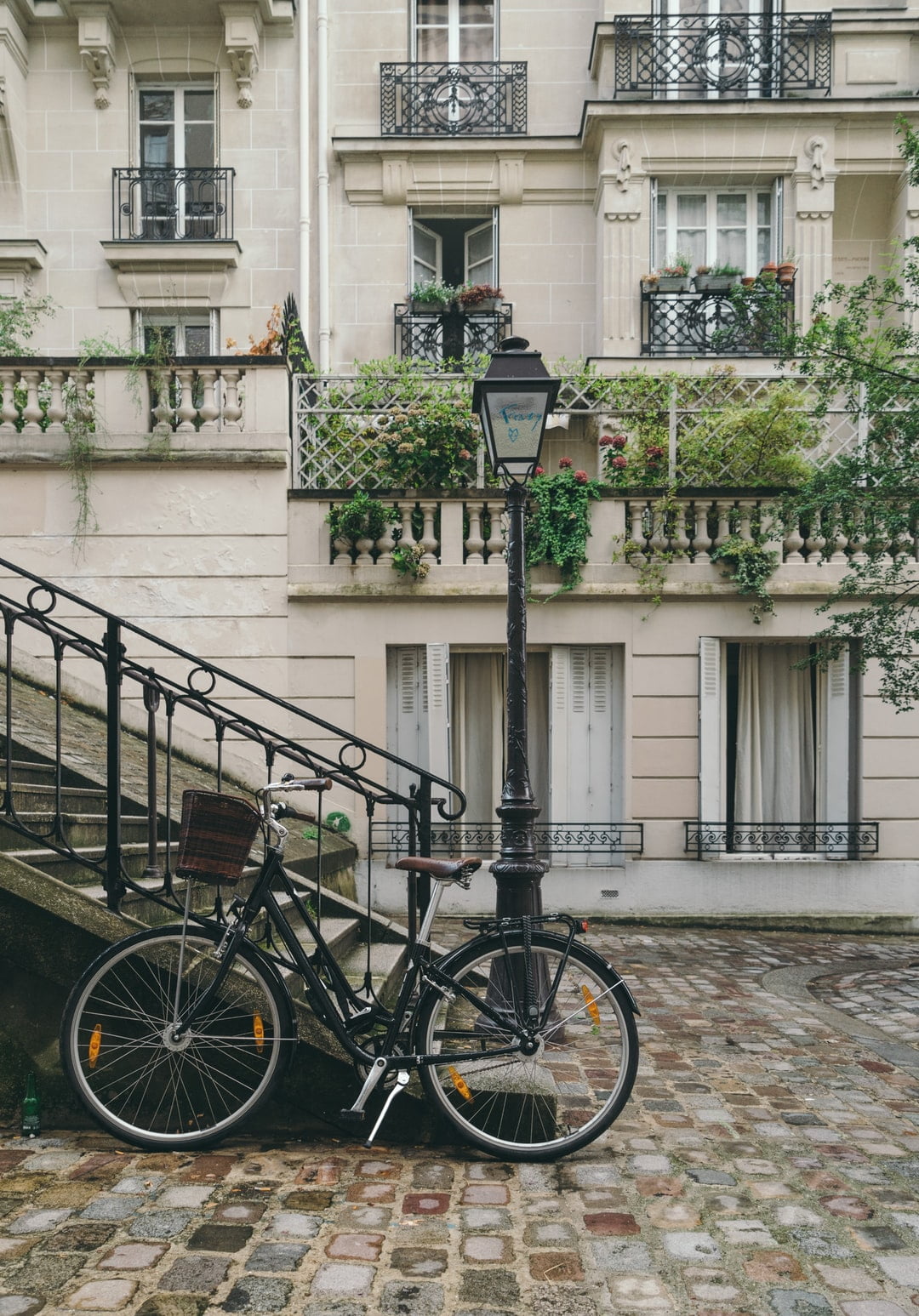
Cava, Spain’s traditional method sparkling wine, is made in the Champagne region of France. The grapes used in Cava are native to the area and have been grown there for centuries. The climate and soil of the Champagne region create wines with high acidity and strong flavor. Cava was first made in 1872 by Don Perignon, a French winemaker. He developed the methode champenoise, or champagne method, of making sparkling wine. This method involves a second fermentation in the bottle that gives the wine its bubbles. Cava was first produced commercially in 1884. The popularity of Cava has grown steadily since its inception over a hundred years ago. In recent years, it has become especially popular as an alternative to Champagne. Many people enjoy Cava because it is more affordable than Champagne and has a similar taste. Cava is typically dryer than Champagne and has less sugar added during production. This results in a crisp, clean flavor that many people find refreshing. The lower sugar content also makes Cava a good choice for those who are watching their intake of processed foods or sweets. If you are looking for a delicious, Bubbly beverage to enjoy, Cava is a great option. It is perfect for special occasions or simply as an afternoon treat.
Cava is a sparkling wine that originates from Spain. It is made in the traditional method, meaning the second fermentation takes place in the bottle instead of in a tank. The three main grape varieties used to make Cava are Macabeo, Parellada, and Xarel-lo, which all come from specific regions in Catalonia. The first step in making Cava is to press the grapes gently so as not to break them and release too much color. This juice is then transferred into stainless steel tanks where it begins fermenting with yeast. Once fermentation is complete, the wine undergoes a process called racking, where it's filtered and clarified before being bottled. After being sealed with a crown cap, the bottles are placed horizontally on racks called pupitres and stored in cool cellars for a minimum of nine months. During this time, the bottles undergo their secondary fermentation, which creates those trademark bubbles found in all sparkling wines. After resting for at least nine months (and sometimes up to several years), the bottles are ready to be disgorged - a process where sediment is removed before cava can be enjoyed!

Cava is a type of Spanish sparkling wine that is produced in the same way as champagne. The main difference between the two drinks is that cava is made using indigenous Spanish grape varieties, while champagne is made using French grape varieties. Cava also tends to be lower in alcohol and calories than champagne.
Cava was first produced in the 18th century, in the Spanish region of Catalonia. The wine was originally known as "Clarete de Manresa". It was made using the traditional method of Champagne production, with second fermentation taking place in the bottle. The first Cava producer is thought to be Josep Viola, who established a winery in Sant Sadurni d'Anoia in 1872. The word "cava" comes from the Catalan word for "cellar", which is where the wine was initially aged. In 1970, Cava was granted its own DO (Denominación de Origen), and strict regulations were put in place regarding its production. These regulations state that Cava must be made using only indigenous Spanish grape varieties, and that it must undergo secondary fermentation in the bottle for at least 9 months. There are three main types of Cava: Brut Nature (also known as Zero Dosage), Brut Reserve and Gran Reserva. brut Nature Cavas are dry wines with no added sugar, while Brut Reserve Cavas have between 1-12 grams of sugar per litre. Gran Reserva Cavas are only produced in exceptional years, and must spend
Cava, a Spanish sparkling wine, has become increasingly popular in the United States over the past few years. A big part of its appeal is its price point; cava is typically much less expensive than champagne. Additionally, many American consumers are interested in supporting European brands, and cava fits that bill.Cava producers have been quick to capitalize on this growing demand, with exports to the U.S. increasing by double digits annually. Some of the most popular cavas available in the States include Freixenet, Segura Viudas, and Juve y Camps. While all three producers offer different styles of cava, they all share a commitment to quality and affordability that has made them favorites among American consumers.As cava continues to grow in popularity here in the States, it's likely that we'll see even more growth from Spanish sparkling wine producers in the coming years. So if you're looking for a budget-friendly alternative to champagne, be sure to give cava a try!

Cava's distinct taste is a result of the unique production process that includes a second fermentation in the bottle. This sparkling wine is produced in the traditional method, which means that the bubbles are formed by natural fermentation inside the bottle. The second fermentation takes place over a period of several months, during which time the yeast consumes all of the sugar and produces alcohol. This process gives cava its characteristic dryness, as well as its slightly yeasty flavor. Although cava is often compared to champagne, it actually has its own distinctive taste that sets it apart from other sparkling wines.
Cava is a sparkling wine made in the traditional method from grapes grown in the designated regions of Spain. It is typically light-bodied with moderate acidity and subtlety sweet fruit aromas. The finest Cavas are well-balanced, smooth, and refreshing. They are perfect for any occasion, whether it’s a casual gathering or a formal affair.Cava has been gaining popularity in recent years as more people discover its affordable quality and versatility. Many top restaurants now offer Cava on their menus, and it has become a go-to choice for special occasions such as weddings and anniversaries. Whether you’re looking for an everyday sparkling wine or something extra special, Cava is an excellent option that offers great value for your money.
Cava champagne is a versatile wine that can be enjoyed on its own or with food. It is perfect for any occasion, from a casual get-together to a formal event. Its light, refreshing flavor makes it a great choice for summertime celebrations. And its bubbles add an extra touch of fun and festivity to any gathering!

There's nothing quite like sipping on a glass of delicious champagne, and Cava is one of the best champagnes out there. Whether you're celebrating a special occasion or simply enjoying a nice evening in, Cava is always a great choice. Here are some perfect occasions for enjoying this wonderful champagne:-Weddings: What better way to toast to the happy couple than with a glass of bubbly? Cava is perfect for weddings, whether you're the bride and groom or one of the guests.-New Year's Eve: Start off the new year on a high note with Cava. There's no better way to celebrate the beginning of a new chapter than with a festive glass (or two) of champagne.-Birthdays: Make any birthday even more special by popping open a bottle of Cava. Whether you're celebrating your own birthday or someone else's, cava is always sure to please.-Anniversaries: Raise a glass to another year well spent with your loved one by enjoying some Cava together. This champagne is perfect for commemorating all types of anniversaries, from wedding anniversaries to dating milestones.
Cava, Spain’s effervescent wine, is made in the traditional Champagne method and often compared to its French counterpart. However, cava’s key difference is its origin – all cava grapes come from Spain. The most common are white varieties: Macabeo, Parellada and Xarel·lo. Rosé cavas are made with Garnacha or Monastrell red grape varietals while Gran Reserva cavas use a blend of all three white grape varietals along with aged red wines.Cava pairs well with light foods such as fruits, salads and seafood dishes. The acidity in cava cuts through rich flavours making it the perfect partner for creamy cheeses and fatty meats such as chorizo. If you’re looking for a bubbly to enjoy with dessert, look no further than a sparkling Moscatel de Alejandría – its natural sweetness complements sugary sweets perfectly.Spain has a long tradition of winemaking dating back to the Phoenicians who planted vineyards along the Mediterranean coast. The Greeks and Romans continued this legacy and by the time of Christopher Columbus’ voyages to the New World in 1492, Spanish wines were being exported to the Americas. Today, Spain is the world’s second largest producer of wine after Italy.
Cava is a sparkling wine that is produced in Spain. It is made in the traditional method, which means that it goes through a secondary fermentation process in the bottle. This gives the cava its bubbles. Cava can be found in most liquor stores in the United States, as well as online retailers. There are many different types of cava, but they all have one thing in common: they're refreshing, bubbly, and perfect for any occasion. Whether you're looking for a special treat to enjoy with your significant other or you need something to spruce up a party, cava is always a good choice. So next time you're feeling like celebrating, remember to pick up some cava!

To extend the shelf life of an unopened bottle of cava, keep it in a cool, dark place. An unopened bottle of cava can last for up to two years stored this way. When you're ready to drink it, open the bottle and pour it into a champagne flute. Cava is best served cold, so pop your flute into the fridge for a few minutes before enjoying. If you have leftovers after opening a bottle of cava, you can store them in the fridge for up to five days. Just be sure to seal the bottle tightly with a champagne stopper or another type of airtight lid.
Toast to cava, the Spanish sparkling wine that's giving champagne a run for its money. Cava is made in the same method as champagne and other high-end sparkling wines, but it's a fraction of the price. So why not pop open a bottle of cava next time you're celebrating?
Cava is a type of Spanish sparkling wine that is quickly gaining popularity as an alternative to champagne. For many, cava offers a more budget-friendly option without sacrificing quality. In addition, cava's fruity flavor profile makes it a refreshing and versatile choice for any occasion. Whether you're hosting a party or simply enjoying a glass on your own, cava is the new champagne.

